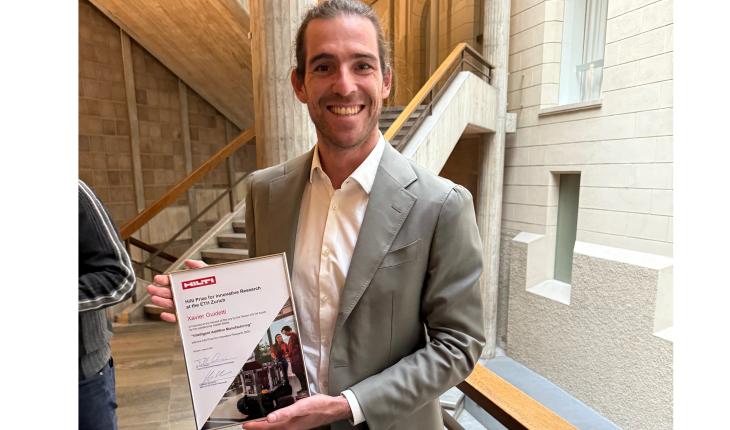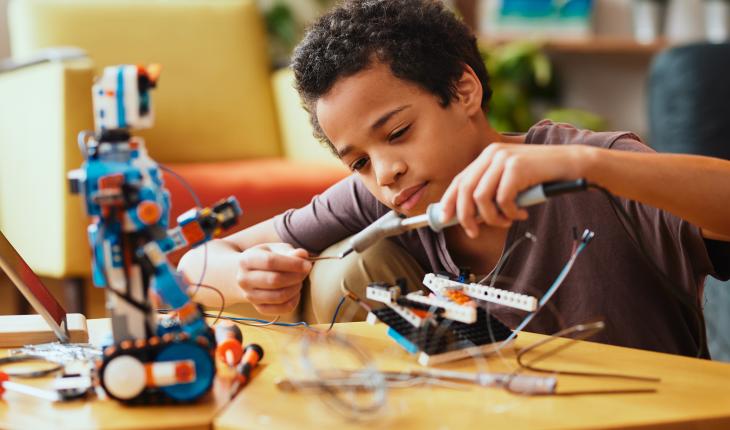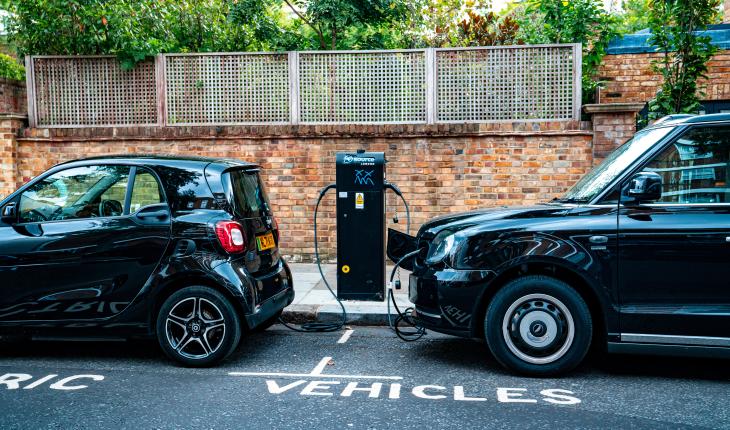First event of the Sisslerfeld living lab a great success
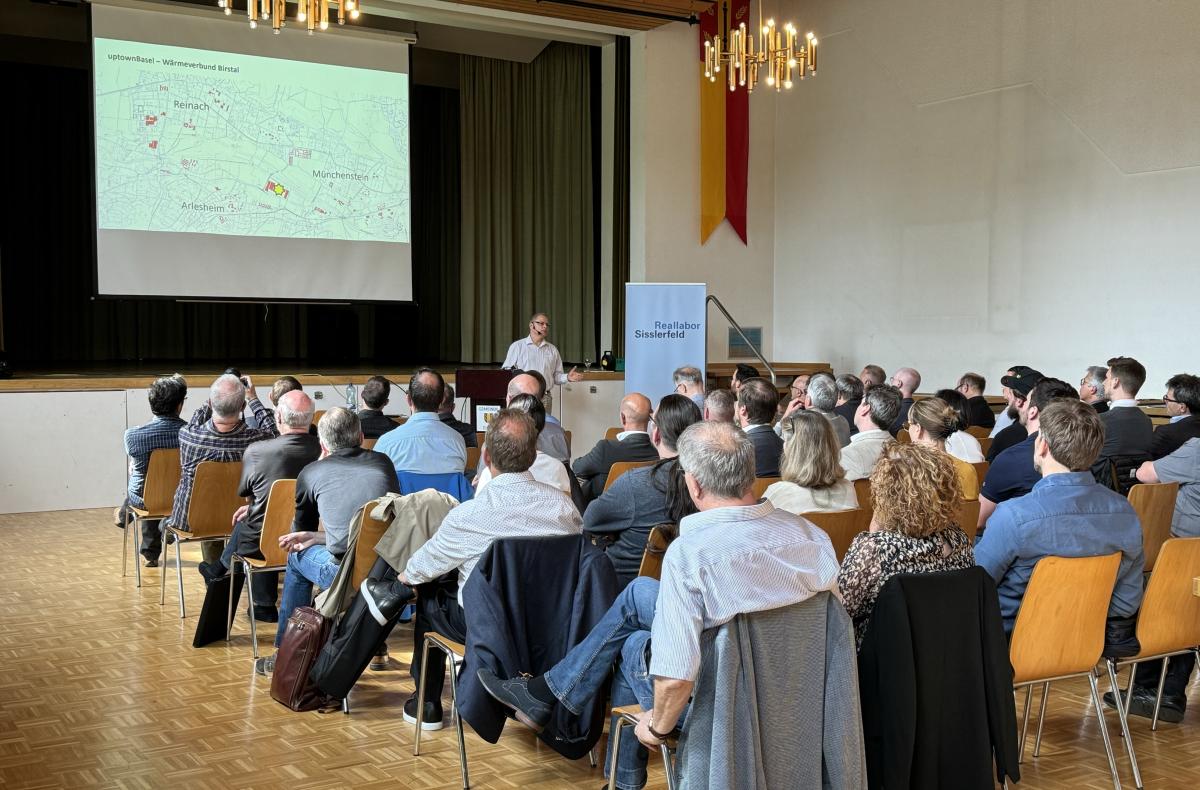
Two input presentations
- Prof Dr Philipp Schütz from Lucerne University of Applied Sciences and Arts (HSLU) explained the concept of digital twins and demonstrated their significance and use in research using selected practical examples. Digital twins are virtual replicas of physical entities that can be used to simulate, analyse and optimise urban environments, significantly improving planning accuracy and efficiency. Empa is currently developing a digital twin in Sisslerfeld.
- Martin Dietler from Primeo Wärme AG offered insights into the innovative use of district heating in Basel. He emphasised how the IT infrastructure around one of Switzerland's first quantum computers is used to heat the surrounding villages, demonstrating an advanced interplay of technology and sustainable energy solutions. He also showed the potential of intelligent control algorithms to avoid peak loads.
Living labs in the Swiss innovation environment
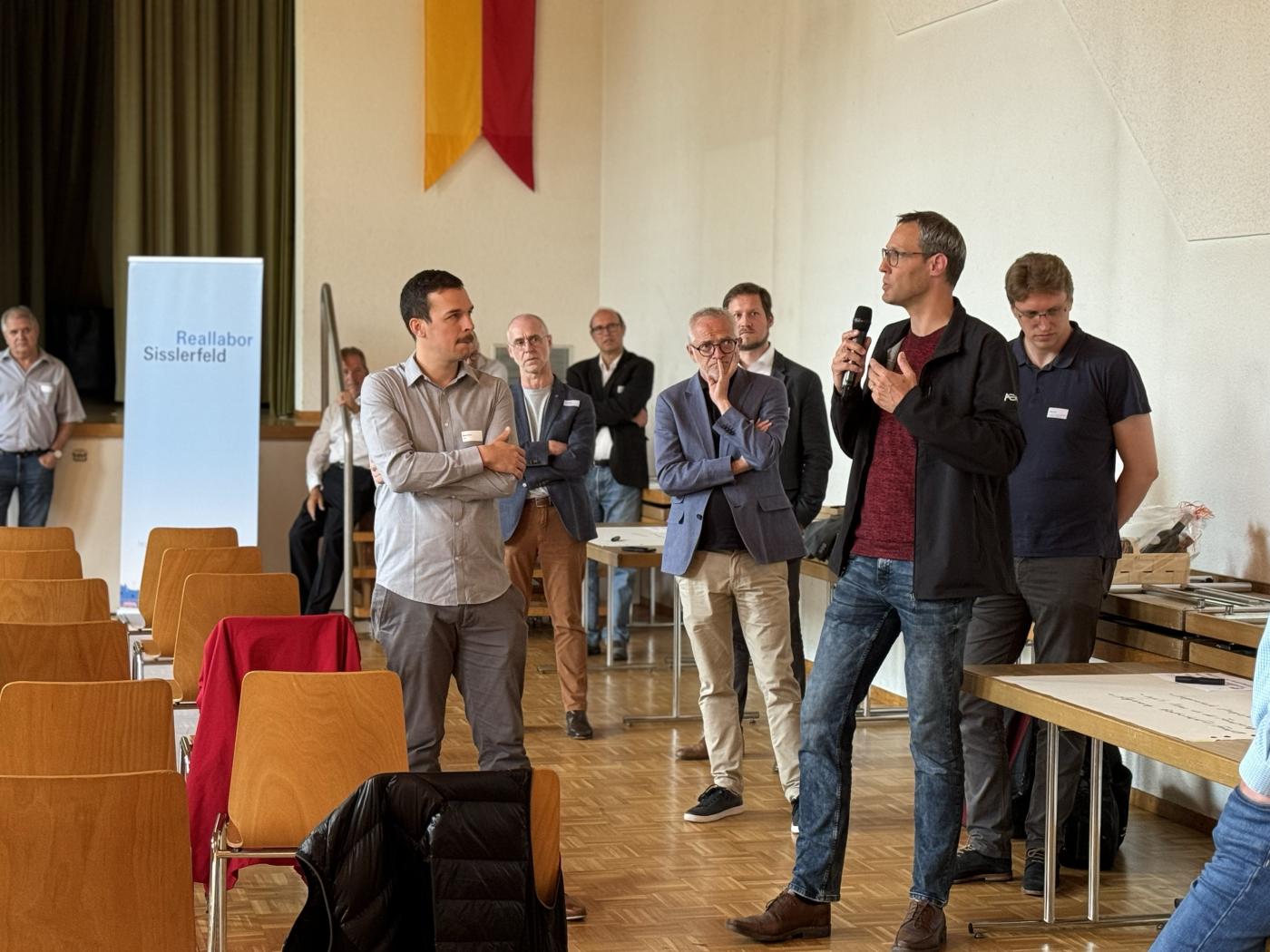
Living labs, such as the Sisslerfeld living lab, play a crucial role in the Swiss innovation environment. They offer a space in which new ideas and technologies can be tested and further developed in real environments. Real-world laboratories are invaluable, particularly in the context of open innovation and collaborative research:
- Open innovation: living laboratories promote open collaboration between different stakeholders and enable the exchange of knowledge and resources. Through an informal setting, experiences (on trends in technologies such as those from the SATW Technology Outlook) can be exchanged quickly, opportunities identified and barriers to innovation removed. By sharing data and infrastructure, innovative solutions can be developed faster and more efficiently - even purely internally.
- Research collaboration: Close collaboration between universities, industry and public institutions in living laboratories leads to practice-orientated research that directly addresses the needs and challenges of society. This not only strengthens Switzerland's innovative power, but also its competitiveness on an international level. If researchers gain access to local companies, their data, experience and feedback, their research results can also be applied locally. Companies also benefit from external input of new ideas from science and research from the work of the students, who will also benefit in the future.
Impact and future directions
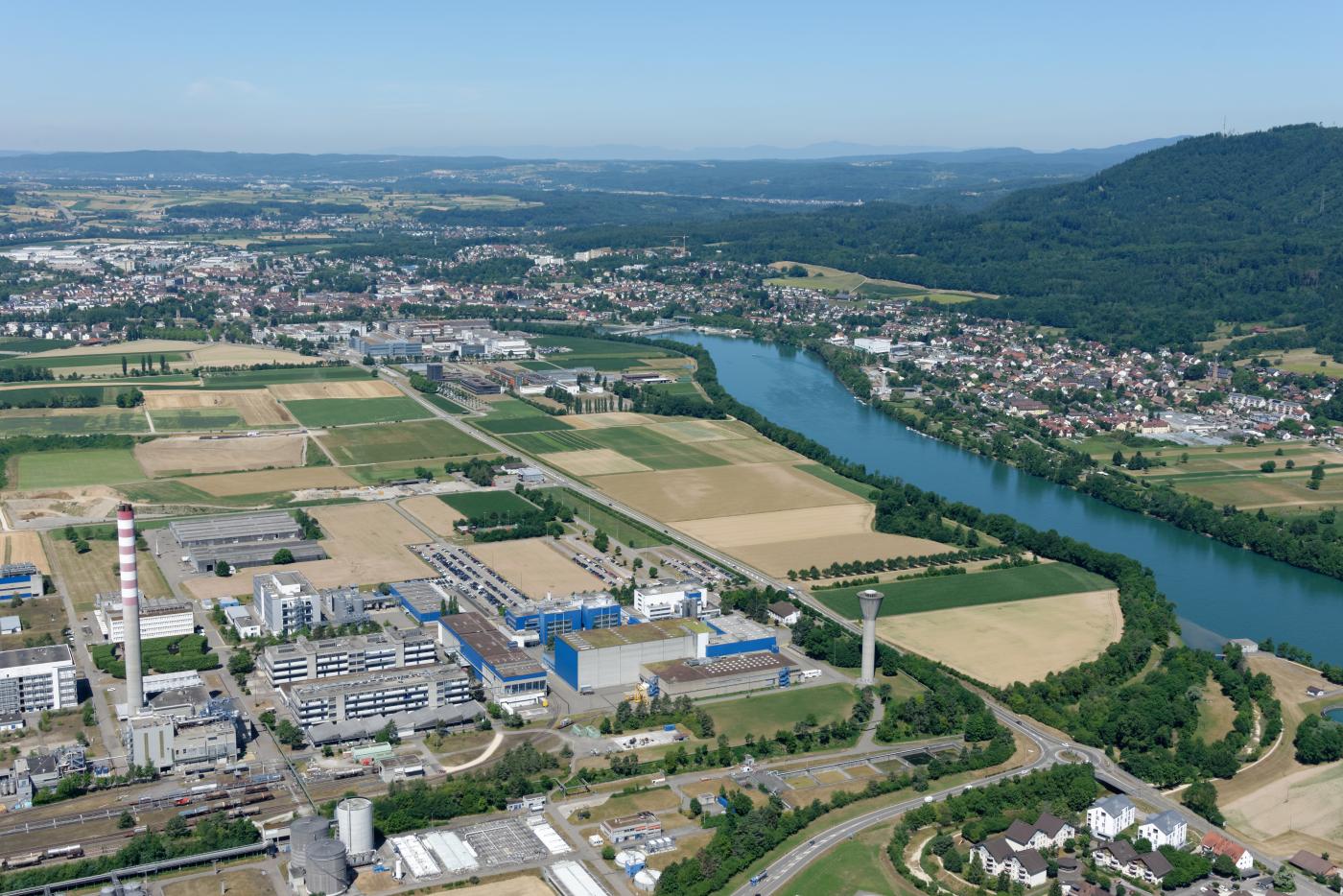
The event marks the start of the Sisslerfeld living lab and paves the way for future collaborations and projects focussing on energy and mobility. The insights shared during the workshop will inform and support ongoing and future initiatives within the Living Lab. In doing so, the research partners will help to ensure that the findings from the processes are also relevant beyond national borders, as the transformation of rural regions into suburbs, industrial and business parks is progressing in many places. At the European Control Conference 2024 in Stockholm, the first results from the Sisslerfeld real-world laboratory will be shared at European level in the workshop "Exploring cyber-physical-human systems through Living laboratories".
We would like to thank all participants and speakers for their valuable contributions. The active engagement and shared expertise underlines the collective commitment to advancing sustainable urban solutions.
